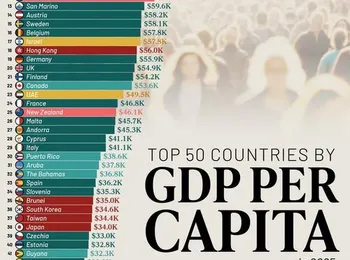Cities across California are bracing for significant budget challenges as they prepare for fiscal year 2025-26, beginning July 1st. The recently released May Revision by Governor Gavin Newsom reveals a projected $226 billion general fund spending plan, coupled with a $12 billion deficit. While Newsom may attempt to attribute this shortfall to factors such as President Trump’s tariffs, the core issue lies in the substantial increase in spending compared to previous administrations. Specifically, Newsom’s proposed budget represents a staggering 61% rise over Governor Jerry Brown’s $140 billion budget for fiscal year 2018-19 – a dramatic shift occurring over just six years. This overspending represents a critical problem demanding immediate attention and strategic solutions.
Southern California cities are particularly vulnerable, with Los Angeles facing a nearly $1 billion deficit, prompting Mayor Karen Bass to propose 1,600 layoffs. San Diego anticipates a $300 million deficit, though City Councilmember Kent Lee characterizes this assessment as ‘fairly rosy.’ Long Beach is grappling with a $20 million deficit, while Anaheim faces a $41.1 million shortfall and Santa Ana contends with a $35 million deficit. Riverside is experiencing a $856,100 deficit. However, smaller cities are also encountering difficulties; Cerritos projects a $2.9 million deficit. Conversely, the city of San Bernardino is forecasting a modest surplus of $204,760, a significant turnaround from its 2012 bankruptcy. Irvine’s adopted two-year budget for 2025-26 anticipates a $451,543 surplus. It’s crucial to acknowledge that these figures are preliminary and do not account for potential further cuts from the state or federal governments.
Addressing these financial hurdles will require a comprehensive approach, focusing on efficiency, strategic resource allocation, and a willingness to make difficult decisions to ensure the long-term financial stability of California’s municipalities. A recurring challenge stems from the incorporation of federal funding into city and county budgets; former State Senator John Moorlach, now Director of the Center for Public Accountability at the California Policy Center, explains that federal funds often become semi-permanent, supporting projects that, once completed, are then removed from the budget. However, due to the influence of unions within California’s government structure, expansion is remarkably easy, while contraction proves considerably more difficult. Consequently, cities are now tasked with implementing these necessary spending cuts.
























